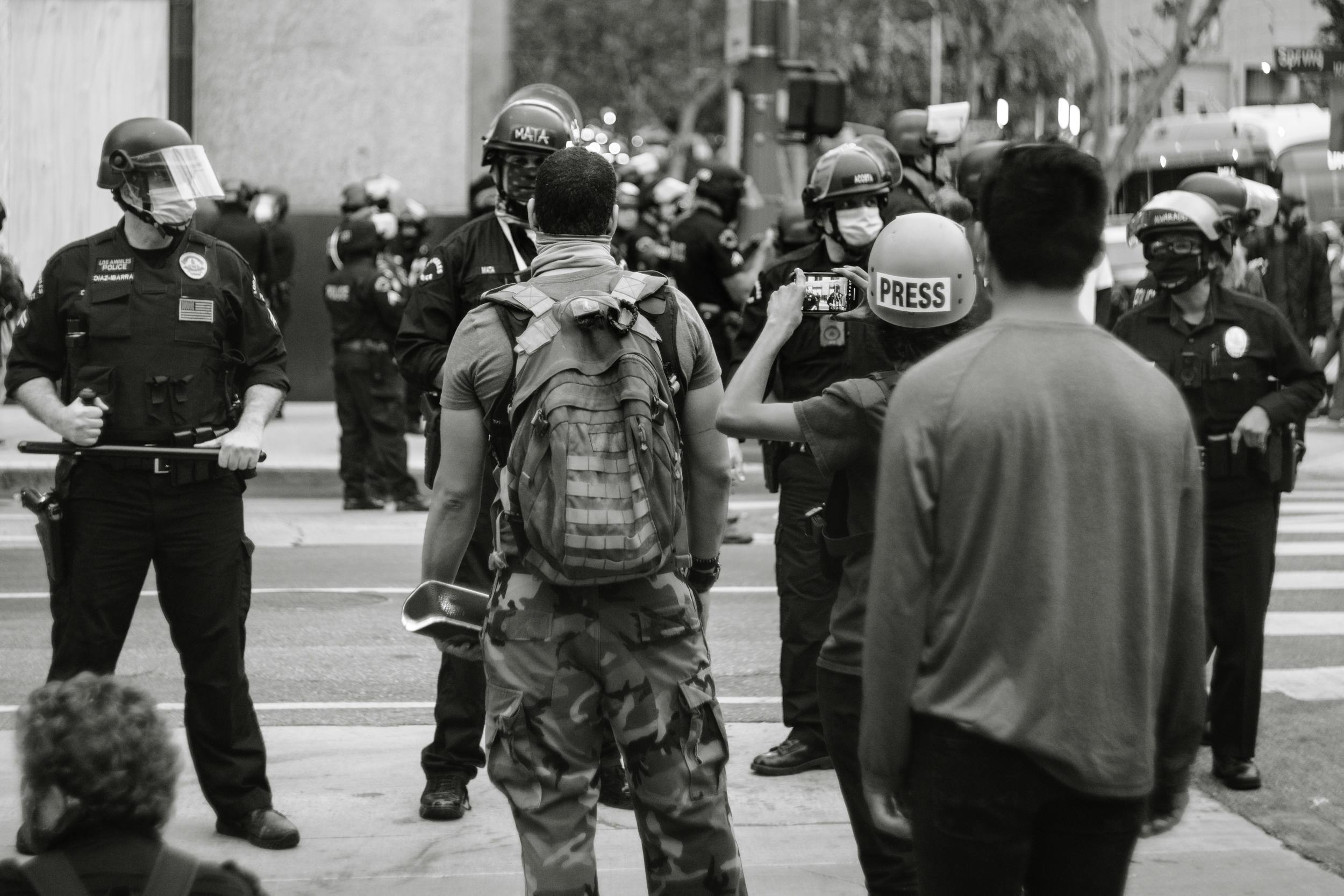Last week’s events in the Middle East, and the ongoing tit-for-tat salvos of drones and missiles over the weekend, feel less like a surprise and more like the next inevitable chapter in the ever evolving geopolitical landscape, something we have been referring to as the “changing world”. As geopolitical tensions escalate, they act as a reminder of the importance of managing strategies that can absorb these shocks and have the flexibility to act on opportunities should they materialise.
Israel’s large-scale airstrikes against Iranian nuclear infrastructure - and the calibrated drone retaliation from Tehran – mark a potential turning point in the Middle East and add yet another stressor to the cumulative pressure building on today’s world order. As Pippa Malmgren highlighted in her recent Substack pieces, these developments fit neatly into a broader pattern of a world in strategic overstretch.
Malmgren has written persuasively about how global conflict no longer adheres to traditional models of warfare. Instead, it plays out through supply chain and infrastructure sabotage (such as the cutting of deep sea cables), energy price manipulation, cyberattacks, and strategic distraction - what she terms “geopolitical Jiu Jitsu”. The aim isn’t to win in a singular battlefront, but to stress the entire system, forcing democratic nations - particularly the United States and its allies - to divide attention, resources, and political capital. The Israel-Iran flare-up, viewed through that lens, is not an isolated flashpoint.
The market reaction was telling. Oil prices jumped sharply, with the WTI breaking above $70 per barrel for the first time in months as traders priced in the growing risk of supply disruption through the Strait of Hormuz. Oil is more than a commodity - it’s a real-time proxy for geopolitical temperature. And when energy prices spike against a backdrop of already-tense inflation expectations, it risks reawakening the very problem central banks have spent two years trying to contain. More broadly, equities initially held their ground, but there’s a sense they are doing so against gravity, ignoring the compound fragility embedded in this moment.
While the drone warfare and strategic targeting are headline grabbing, the subtler shift is psychological. Investors have spent the last decade anchored to the idea that most geopolitical risks can be absorbed - either by diplomacy, coordinated response, or sheer market momentum driven by liquidity and optimism. But that assumption feels like it is starting to fray. This latest round of escalation is layered on top of war in Ukraine, tension over Taiwan, trade hostilities with China, and increasing fiscal dysfunction in the West. These are no longer discrete events; they are interlocking stressors. And markets, which have a tendency to price risk in isolation, are now having to reckon with their convergence.

US cities have started to see flashpoints of unrest again - protests in Los Angeles following ICE raids and an increasingly militarised police presence in several metro areas. While this isn't yet a widespread movement, the visual language - riot gear, armed units, live-round preparations - suggests a society bracing for internal strain. It echoes the broader theme of overstretched systems: foreign entanglements abroad, social tension at home, and little political consensus on either front.
Malmgren emphasises the real battlefield is not simply geopolitical, but systemic. The goal is to overwhelm Western democracies - economically, politically, and socially. And if this view is right, then the Israeli–Iranian conflict is not the risk, but rather a symptom of the risk: the transition from a stable, rules-based order to a messier, more unpredictable balance of power.
Markets should be cautious. Inflation may be moderating on paper, but geopolitical instability remains its most stubborn accelerant. Central banks may want to stay on hold, but if oil sustains at elevated levels, their hands will be forced. And risk assets - priced for a soft landing - look increasingly misaligned with the strategic picture developing beneath them.
The fuse has been burning for some time. What we’ve seen these last weeks is not a sudden ignition, but a visible flare from a deeper, ongoing process of geopolitical fragmentation. Whilst we don’t believe we’re in panic territory, it is a warning: the cushion for absorbing new shocks is getting thinner.
Still, this is not a moment for fear-driven positioning. It’s a moment for clarity and discipline. We're not chasing defence stocks after a strong run, but we’re watching closely for pullbacks that could offer clean entry points. We remain cautious on energy producers, many of which lack pricing power and have failed to capitalise even during previous bouts of geopolitical tension. Likewise, healthcare, a traditional safe haven, remains vulnerable to US policy shifts as the Trump administration grapples with escalating costs.
Instead, we continue to focus on companies and sectors that are tied to real, long-term investment in the economy. Our holdings in German utility companies - RWE and E-On - reflect Germany’s intention to rebuild and modernise its infrastructure to encourage growth, which will require more power. Similarly, our exposure to AI-related businesses and capital goods companies, position us to benefit from structural upgrades in productivity, industrial capacity, infrastructure build out, and digital capability - what we see as enduring investment themes rather than hot, headline driven trades. We also maintain meaningful exposure to consumer staples and dependable, cash-generative businesses that can absorb volatility and continue to compound returns steadily over time.
If tensions escalate further, volatility will create opportunities - possibly in assets we already own, possibly in mispriced corners of the market. And if things stabilise, we are already well-positioned for a continued recovery in the areas we think matter most. Our task isn’t to predict the next missile or market move. It’s to stay grounded in the structural picture, alert to risk and flexible enough to act when price and patience align.


